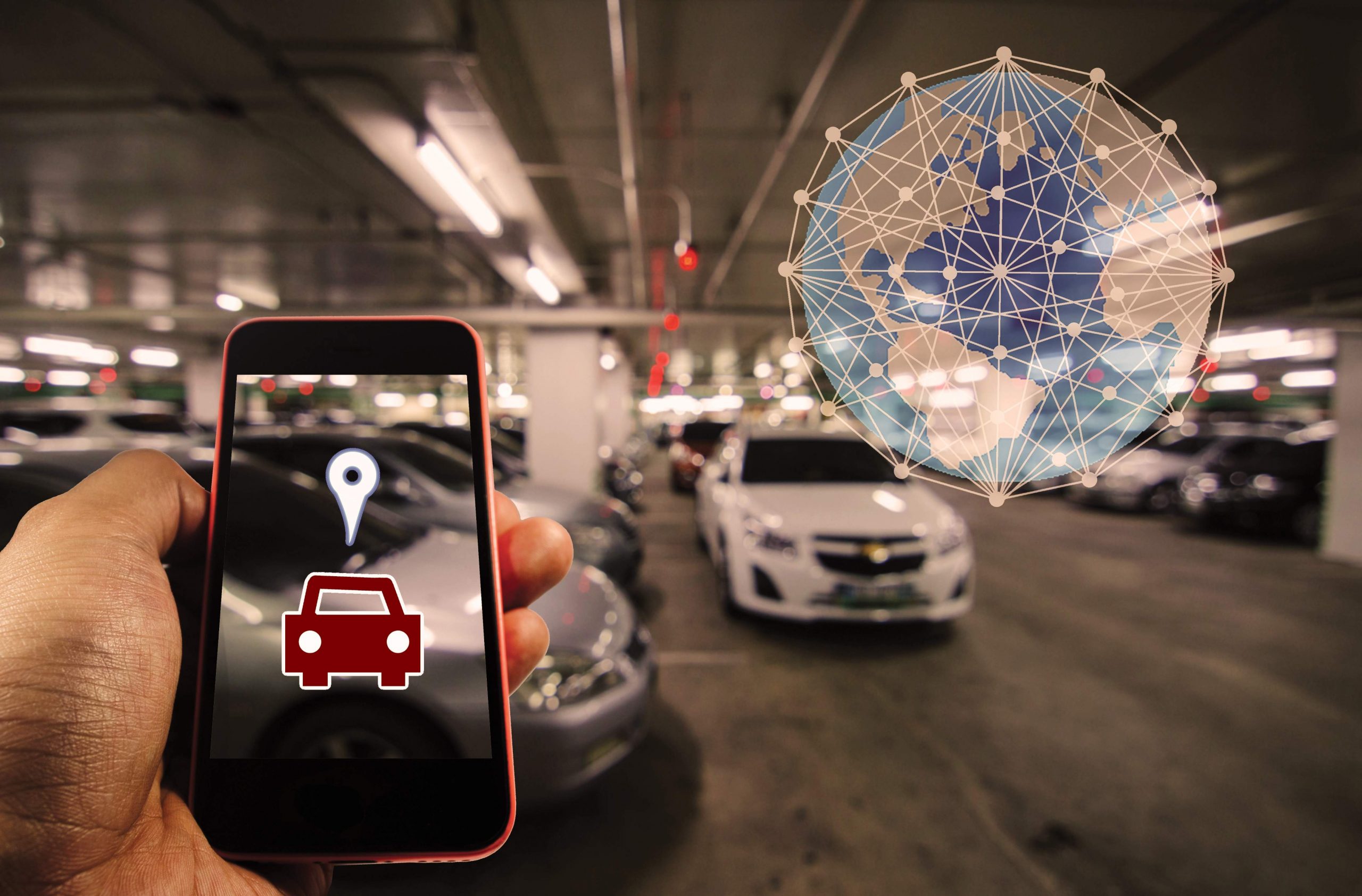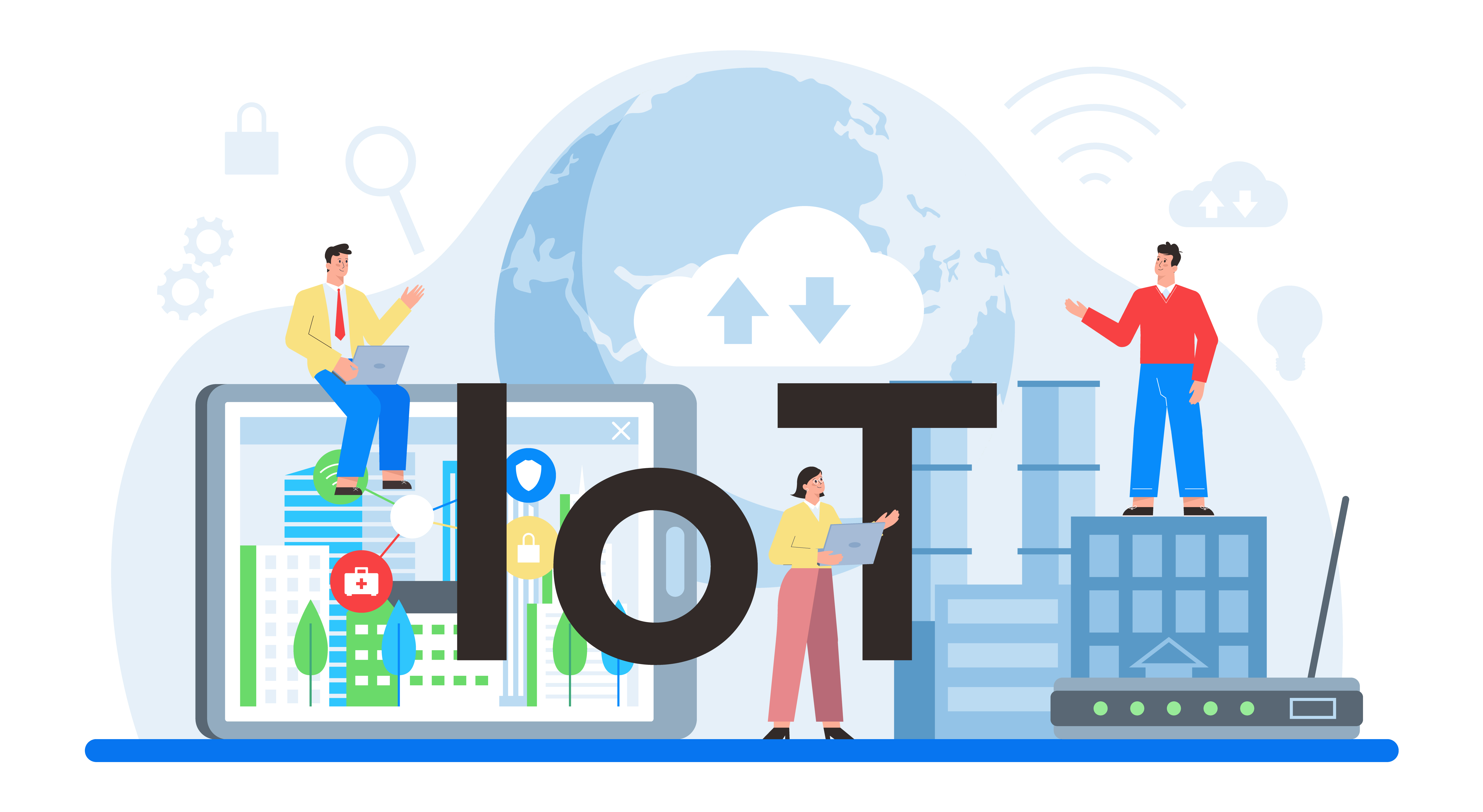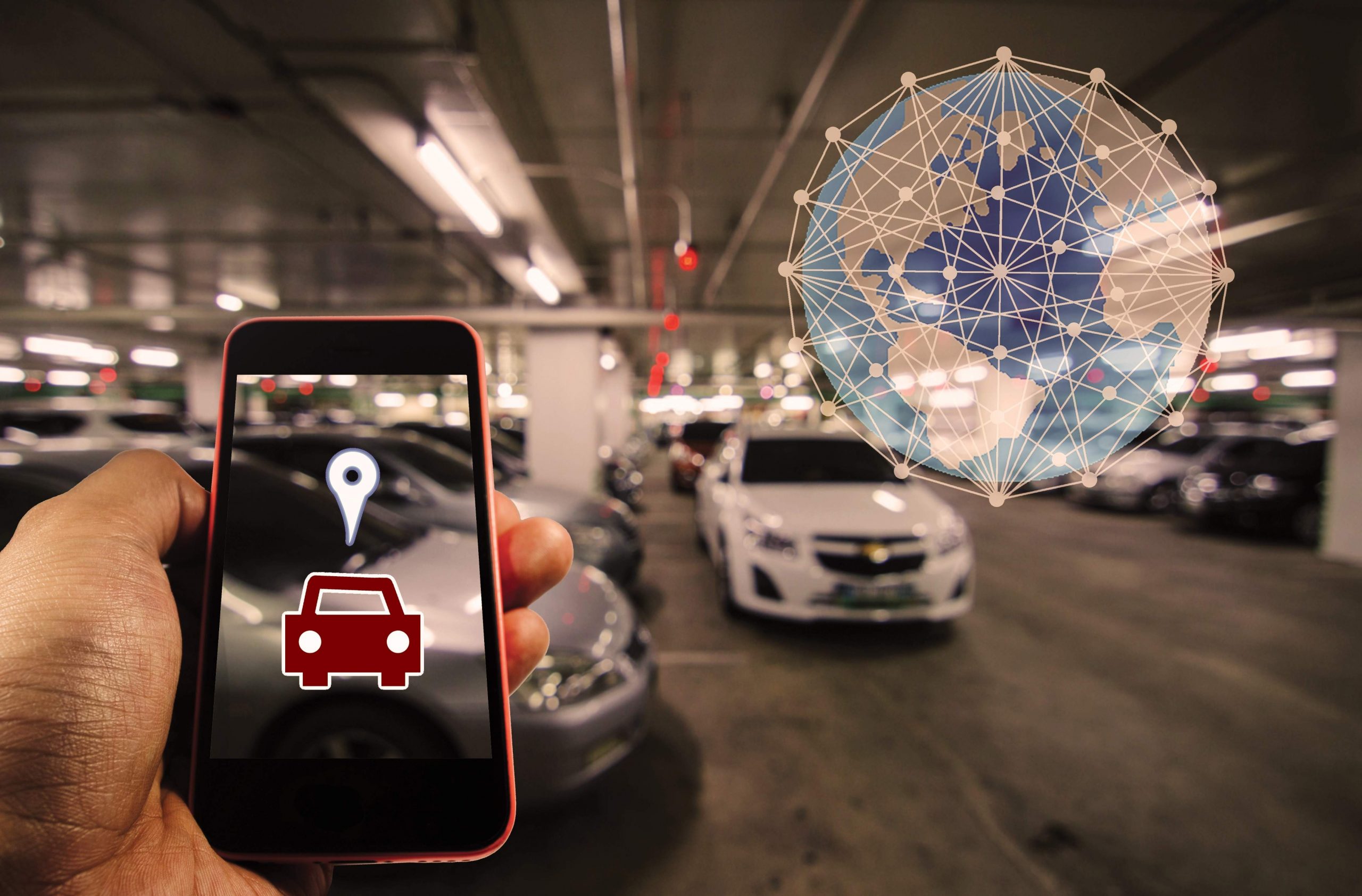Understanding NarrowBand IoT (NB-IoT) and its Use Cases
-
March 9, 2022
-
5 min read

As the Internet of Things continues to change the way businesses operate, new technologies are emerging for specific use cases.
One such technology is Narrowband IoT (NB-IoT). It is designed to connect low-cost and low-power devices to the internet. NarrowBand IoT is enabling a range of IoT applications.
What is NarrowBand IoT Technology?
NB-IoT is a cellular technology that employs a low-power, wide-area network (LPWAN) for communication between an array of devices. As the name implies, it operates on a narrow bandwidth.
NarrowBand IoT enables extended coverage. One of the ways it does this is by penetrating through common obstacles like buildings and walls.
In this way, the technology supports increased connectivity between a large number of devices simultaneously.
Why Use NarrowBand IoT?
NarrowBand IoT offers several benefits for IoT applications. Here are three major reasons to use it.
- Extended Coverage: NarrowBand IoT is designed to maximise coverage. Connected devices can communicate over long distances. They can penetrate a variety of environmental obstacles. It is suited for IoT applications in rural or densely populated urban areas.
- Low Power Consumption: Devices using NarrowBand IoT technology need minimal power. The outcome is extended battery life and reduced maintenance costs. These features are important for applications such as smart meters and agricultural sensors.
- Cost-Effective Connectivity: Apart from low power consumption, NarrowBand IoT is also cost-effective because it connects a vast number of devices. It makes use of resources efficiently. This feature makes it ideal for businesses that need to deploy IoT solutions on a large scale.
Apart from the above, NarrowBand IoT signals can travel long distances. This design makes it possible to connect devices in remote areas. It is a cellular technology, making it reliable and secure.
Advantages of NarrowBand IoT
To sum up the above points, there are many advantages of using NarrowBand IoT. The main ones are:
- Increased coverage
- Low-power usage
- Cost-effective operations
In addition, outstanding indoor coverage is a notable advantage of NarrowBand IoT. Signals can travel greater distances and go through structures with better effectiveness.
NarrowBand IoT Versus Other Technologies
SIGFOX, LoRa (Long Range Radio), and LTE-M (Long Term Evolution – Machine Type Communication) are the technology options that can be compared with NarrowBand IoT.
Each technology has its advantages and disadvantages. This chart explains the main similarities and differences.
| Basis | LoRa | SIGFOX | LTE-M | NB-IoT |
| Coverage/Range | approx. 10Km | approx. 12Km | approx. 11Km | approx. 15Km |
| Data Rate | 10Kbps | nearly 100bps | nearly 10Mbps | 100Kbps |
| Spectrum | Unlicensed | Unlicensed | Licensed | Licensed |
| Maximum Number of messages/day | 50000(BTS) | 140 devices
50000(BTS) |
Unlimited | Unlimited |
| Power Consumption | Low-Medium | Low | Low | Low |
NarrowBand IoT Applications and Use Cases
NB-IoT is suitable for a wide range of IoT applications. Here is a look at the leading domains and use cases.
Smart Cities
Smart Parking: NB-IoT enables monitoring of parking spaces, providing real-time information about parking availability. This can ease traffic flow and reduce congestion.
Smart Lighting: INB-IoT street lighting systems allow for remote monitoring and control. It optimises energy consumption and enhances public safety.
Smart Waste Management: NB-IoT sensors can lead to smart waste collection from waste bins. Municipal authorities can plan routes accordingly to reduce costs.
Industrial Uses
Asset Tracking: NB-IoT plays a crucial role in tracking the real-time location and condition of assets in real-time.
Predictive Maintenance: With NB-IoT sensors on machinery, industries can predict potential failures, schedule maintenance, and minimise downtime.
Agriculture
Crop Monitoring: NB-IoT sensors in agricultural fields monitor soil conditions, humidity levels, and crop health. Farmers can make data-driven decisions about irrigation, fertilisation, and pest control.
Livestock: NB-IoT devices can track and monitor the activities of livestock. They provide data on location, health, and behaviour.
Utilities
Smart Meters: With NB-IoT, smart metering systems can be implemented for accurate and real-time monitoring of energy, water, and gas consumption. This process promotes resource management and energy efficiency.
Grid Management: NB-IoT contributes to grid monitoring and management. It ensures the reliability and efficiency of energy distribution.
Consumers
Wearables: NB-IoT technology can be used in wearable devices for health and fitness monitoring. These devices can provide valuable data to individuals and healthcare professionals.
Smart Homes: NB-IoT can be used in home ecosystems for thermostats, security cameras, and door locks. It offers homeowners better control and security.
Environment
Air Quality Monitoring: NB-IoT sensors can be deployed to check air quality for pollution levels and implement measures for improvement.
Water Quality Monitoring: NB-IoT sensors can monitor water quality parameters. It contributes to the safety of drinking water and conservation efforts.
Healthcare
Remote Patient Monitoring: NB-IoT plays a crucial role in remote patient monitoring. Healthcare providers can check vital signs and metrics in real-time.
Barriers to NarrowBand IoT
NB-IoT is a relatively new technology. There are some barriers to its adoption.
Many businesses may not be aware of NB-IoT and its benefits, and there are fewer NB-IoT devices and modules compared to other IoT technologies. The initial cost of NB-IoT modules can be more expensive than the rest.
There are some technical barriers, too:
- Data transfer in NB-IoT is slower than LTE cat-M1.
- NB-IoT is suitable for devices that are often inactive or not consistently transmitting data.
- NB-IoT does not support VoLTE. It cannot be used for voice calls.
- Roaming capabilities are not currently supported.
- A preference for LTE support by carriers may pose deployment challenges.
India and NarrowBand IoT
Given the size and diverse landscape of India, NarrowBand IoT is an ideal solution for implementing IoT solutions. It can also be a key technology for the progress and development of smart cities.
With its enhanced coverage, low power use, and low cost, NB-IoT technology has the potential to become a mainstream Indian technology. It is expected to play a major role in the growth of the IoT market in the coming years.
Airtel’s IoT solutions are paving the way for a variety of technologies that suit the needs of all businesses. To discover more, get in touch today.
 Share
Share









